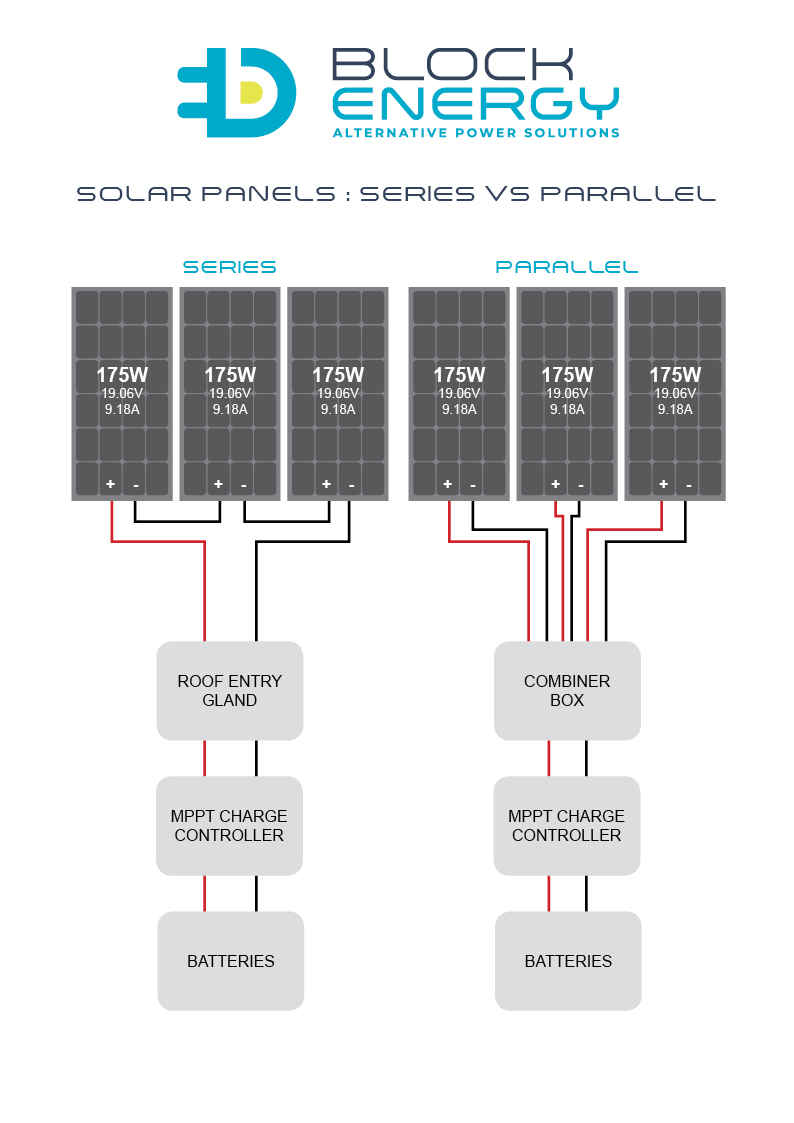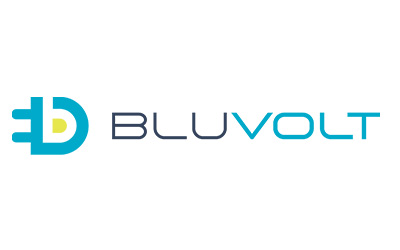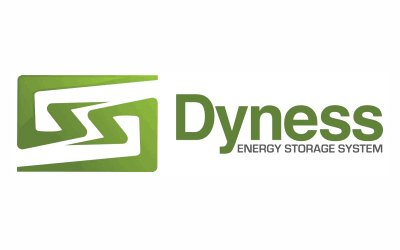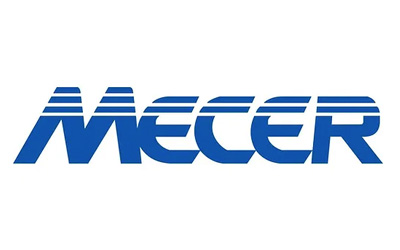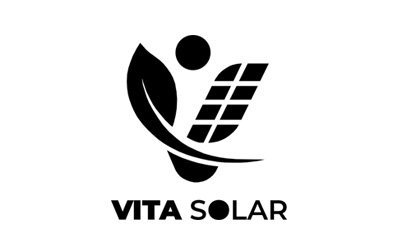- Avoid High Wattage items such as hair dryers, heaters, vacuum cleaners, kettles etc.
- The unit has an overload protection built-in which is a loud alarm beeping noise, please unplug anything causing the overload straight away as you can damage the unit. Powering the unit off and then back on, will reset the unit.
- Please leave your inverter kit plugged in and turned on. This will keep your batteries at constant full charge – this is the best state to keep them in and protect your equipment that you have plugged into the inverter.
- If there is no load shedding for a few weeks, the acid will start to sulphate on the top of the battery, so please do the following: Once every 2 months, please unplug the inverter from the wall and let it run until the inverter starts beeping, then immediately plug it back in. This will circulate the acid and will tremendously increase the cycle life of your batteries.
- If you want to plug in any lamps into the inverter make use of low wattage LED globes (approx. 5 to 7 Watts) to maximise the uptime of the inverter.
NB! Lead acid batteries need time to recharge fully. During stage 4+, this is sometimes not enough time for the batteries to fully charge and as such, battery lifespan may be reduced. If you experience a degradation, please take your batteries to your nearest car battery shop & ask them to charge them with a professional battery charger on ‘recondition’ mode.
Battery Banks – Series and Parallel
A battery bank is the result of joining two or more batteries together for a single application. By connecting batteries, you can increase the voltage or amperage, or both. When you need more power you can create a battery bank.There are 2 ways to successfully connect two or more batteries, series and parallel.
Batteries Connected In Series
Series adds the voltage of the two batteries, but keeps the same amperage rating (also known as Amp Hours). For example, these two 6 Volt batteries joined in series now produce 12 Volts, but still have a total capacity of 10 Amps.
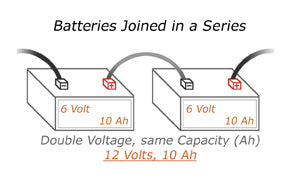
Batteries Connected in Parallel
A battery bank connected in Parallel will increase your current rating, but the voltage will stay the same. In the diagram below, the output voltage stays at 6 Volts, but the Amps increase to 20. It is important use the correct size cables to allow for the Amp rating of the battery bank.

Batteries Connected in Series/Parallel
It is also possible to connect batteries in what is called a Series/Parallel configuration. In this configuration can increase your voltage output and current rating. To do this you need at minimum of four batteries. Imagine you have two sets of batteries already connected in parallel, you can join them together to form a series. In the diagram below, we have a bank that produces 12 Volts and has 20 Amp Hours.

Electricity flows through a parallel connection just the same as it does in a single battery. Therefore, you can connect two parallel connections in a series as you would two batteries. Only one cable is needed, a bridge between a positive terminal from one parallel bank to a negative terminal from the other parallel bank.
N.B. It important to use the same type, size and rating of battery in a bank.
NOT GETTING ENOUGH TIME TO RECHARGE LEAD ACID BATTERIES?
Eskom has been running continuous stage 3, 4, 5 & 6 load shedding schedules countrywide. If you are experiencing reduced runtime, please note: all AGM, Gel & Calcium Lead Acid batteries require 10-12 hours to recharge to 90%, they may require a further 4-8 hours to reach 100% state of charge (SOC).

Charging time available per load shedding stage
|
Stage |
Recharge Time Available |
|
Stage 3 |
5h 30m |
|
Stage 4 |
5h 30m |
|
Stage 5 |
5h 30m |
|
Stage 6 |
4h 30m |
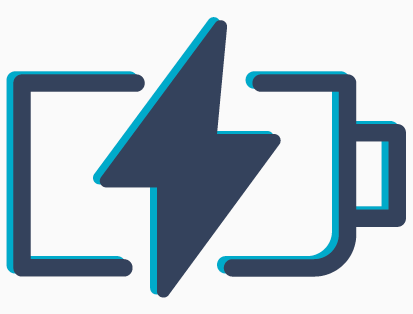
Recharging your batteries
If your battery is not charged correctly this will lead to reduced runtime & will damage the battery. To get the most out of your batteries, try & reduce your load & reduce the amount of discharge on your battery.
Alternatively you can contact us for a lithium battery solution which requires anywhere from 1 – 4 hours to recharge. If you have any queries please don’t hesitate to contact us.
BATTERY INFORMATION
An inverter is a piece of standalone equipment that converts a direct current (DC) voltage to an alternating current (AC) voltage. The inverter’s batteries store energy as direct current, and when the power goes out, the inverter converts the stored energy into alternating current to power our home appliances.
Ah (also known as ampere hours or amp hours) is the amount of energy charge in a battery that enables one ampere of current to flow for one hour. Simply put, 1 Ah is the rating which indicates how much amperage a battery can provide for one hour. The unit is a useful metric to determine the capacity of an energy storage device, such as a rechargeable battery or deep-cycle battery.
When a solar inverter uses a battery, there are multiple factors to consider before deciding how the battery is to be used. They can be used for self-consumption, backup for both, but the type and capacity of a battery is important. (“Self-consumption” refers to the constant cycling/use of batteries when solar power is insufficient to power the loads.)
Lithium Iron phosphate (LiFePO4) batteries are a type of lithium ion (Li-Ion) rechargeable battery. Their benefits over the more traditional cobalt-based Li-Ion batteries include increased power output, faster charging and longer lifetime. They are also smaller and lighter than the same capacity lead-acid batteries. (LiFePO4 batteries should not be discharged completely – it is recommended to keep at least 20% capacity after a discharge cycle, thus only 80% of the battery capacity should be used to ensure optimal life cycles)
Lead-Acid and gel batteries are generally used for backup (grid failure and load-shedding), as they have significantly less lifetime than lithium-ion batteries. Using them often would mean replacing them sooner. The rate at which the battery is charged/discharged will also influence its lifespan.
INVERTER BATTERY LIFE
- Average battery life has become shorter as energy requirements have increased. Lifespan depends on usage and depth of discharge – usually 6-48 months – yet only 30% of all batteries reach the 48-month mark.
- Lead acid and gel batteries are designed for occasional or infrequent (stage 1 and 2) load shedding.
- High load shedding schedules have resulted in reduced run-time on the batteries, as these types of batteries require a minimum of 48-72 hours of uninterrupted charging after each discharge, to ensure they perform at optimum levels.
- The advent of stage 4 to stage 6 load shedding significantly reduces this indicative lifespan of the battery, as the batteries are not able to recharge for the minimum uninterrupted charging cycle.
- It is important to note that premature damage to a battery due to improper use, impact from load shedding or anything other than factory default, is not covered by the manufacturer’s warranty.
NUMBER OF DISCHARGES AND RECHARGES
- Current load shedding schedules of proposed daily blackouts are in a range of up to four hours per day per week. The reality is that it could be shorter, longer and with frequencies from twice a day up to every three days or more.
- This daily load shedding condition represents a cycle (recurring) application for batteries that are meant for application as a standby. Therefore, early capacity loss of your battery can be expected, leading to earlier battery replacement as you go through the number of cycles of a battery sooner than expected.
- NB: If an inverter unit is used within capacity, the life of the battery will be prolonged and give extended charging cycles.
INSUFFICIENT RECHARGE
In normal conditions, a battery needs to be overcharged in a range of 5 to 10 percent and an inverter application requires around 72 hours after a deep discharge. Therefore, under high load shedding conditions with daily discharge (if the battery bank is exposed to deep discharges) the battery bank will not be fully recharged at the next load shedding event. This leads to a faster capacity loss due to insufficient recharge, as well as plate crystallization which may damage the battery prematurely.
BATTERY TEMPERATURE
Battery life will be reduced by half for each 10C above the designated temperature. A high temperature environment will impact battery life and as a consequence, an early battery replacement can be expected. The hotter a battery, the faster chemical reactions will occur. Although high temperatures sometimes lead to increased performance, this will result in faster discharge and a corresponding loss of battery life.
- Keep your batteries away from direct sunlight or sources of heat.
- Install your batteries in a well-ventilated area for optimum performance.
RECOMMENDATIONS
- We recommend you take your inverter batteries to be charged and/or reconditioned should you have a situation where you do not have power for an extended period.
- Leaving batteries flat without charge is detrimental to their lifespan.
- Lead acid batteries are not like your cell phone battery where it can stand partially charged and still recover fully
- We recommend that during high stages of load shedding (stage 3 to stage 8), the inverter power switch is turned off and only used within the safety parameters of your inverter, as stated in the user manual.
- If you have a hybrid unit that charges through electrical mains and solar, we recommend you acquire a portable solar panel to recharge your unit during load shedding.
- Once batteries have reached their maximum cycle, the warranty is void as they will have reached their end-of-life. Therefore, during constant load shedding – stage 2 upwards we recommend the inverter’s power switch be kept off. Then, only switch it on when the need for backup power is crucial.
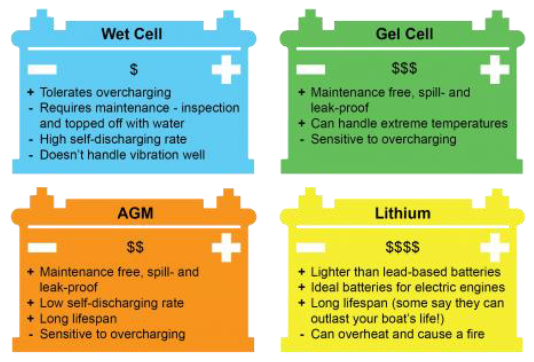
SHOP BY PRODUCT TYPE
SHOP BY BRAND
LOAD SHEDDING SCHEDULES


